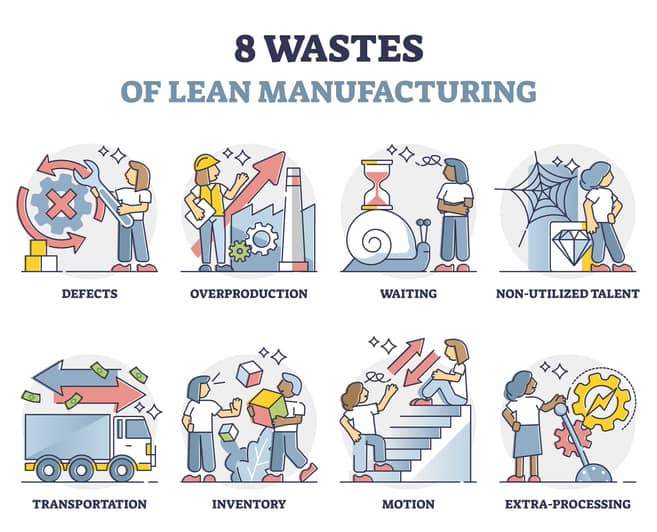You’ve heard of Genghis Khan.
The 13th-century warlord. The liberator. The king. The conqueror. The Six Sigma Black Belt.
Wait, what?
No matter your opinion on Genghis Khan (whether you think he was an influential leader or tyrannical scourge), one thing cannot be denied – he got a lot of stuff done. He conquered two-thirds of the known world and established the greatest empire the planet had ever seen. He revolutionized warfare. And he may or may not have accidentally invented hamburgers.
How does one human being accomplish all that in a single lifetime?
By being a master of Lean Strategy Deployment.
It’s a process designed to maximize value and minimize waste by efficiently executing your organization’s goals, and it works by focusing on two key areas. First, you must clarify your organization’s top goal. Second, you must trust your front-line associates.
Genghis Khan was very clear about his organization’s top goal; he wanted to destroy his enemies and create the largest and strongest empire in the history of the human race. He achieved that goal by relying on his front-line associates – generals, advisors, and other employees who battled, governed, and led in ways that aligned with Khan’s ambition and vision.
The Original Black Belt Practitioner
That type of business acumen is what makes Genghis Khan the original Six Sigma Black Belt, but the leadership lessons don’t end there. The more you read into his management style, the more you realize that Khan wrote the original playbook for great managers.
Take a look at some of his most famous business philosophies, and when you step into your next meeting, try to channel your inner Genghis Khan:
As a leader, Genghis Khan served his people
“I care for my soldiers as if they were my brothers.”
They suffered together, they triumphed together, and he was quick to give credit to those who earned it. Khan wore the same clothes as his soldiers, ate the same food, enjoyed the same amenities and suffered the same hardships.
He had clear vision
“Without the vision of a goal, a man cannot manage his own life, much less the lives of others.”
He always knew his next step, and his people were eager to follow. He wanted to unite the entire world under one flag, and though he ultimately failed to achieve that goal, every decision he made was aligned to that vision.
He practiced humility
“If you can’t swallow your pride, you can’t lead.”
He believed that egotistical leaders were ineffective. You have to understand and accept the role you play, whether it’s big or small, before you can create positive change.
He had an open mind
“One of the joys of traveling is visiting new towns and meeting new people.”
Whenever he explored a new region, he was eager to learn their systems and processes. Much of the military strategies, infrastructure and leadership techniques he relied upon were adopted from people he met and cultures he studied.
He was results-oriented
“The merit in action lies in finishing it to the end.”
It goes without saying, but the man who conquered 16% of the planet was extremely results-focused. There were no half-measures. Decide on a goal, and then go achieve that goal. There are no time for excuses.



